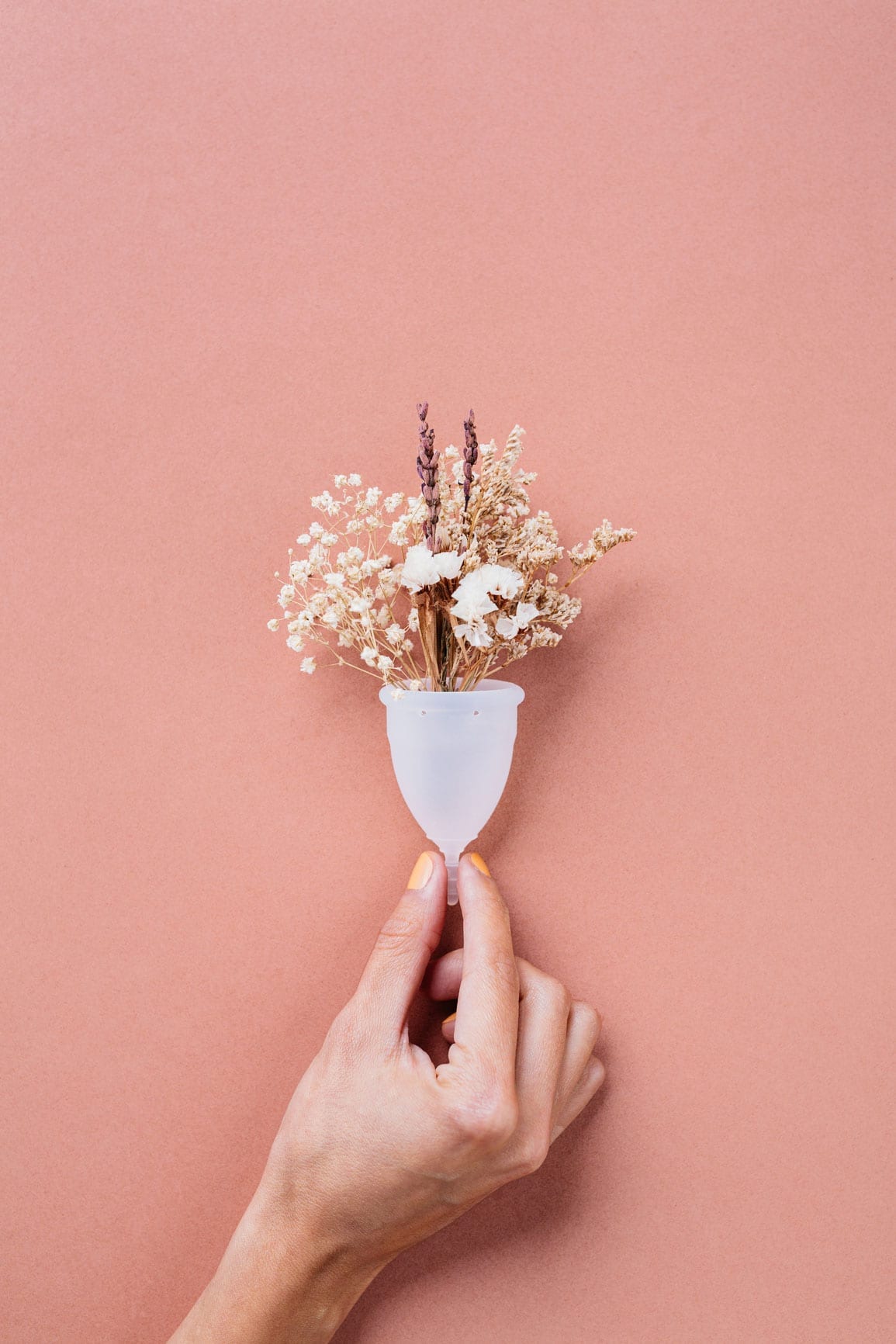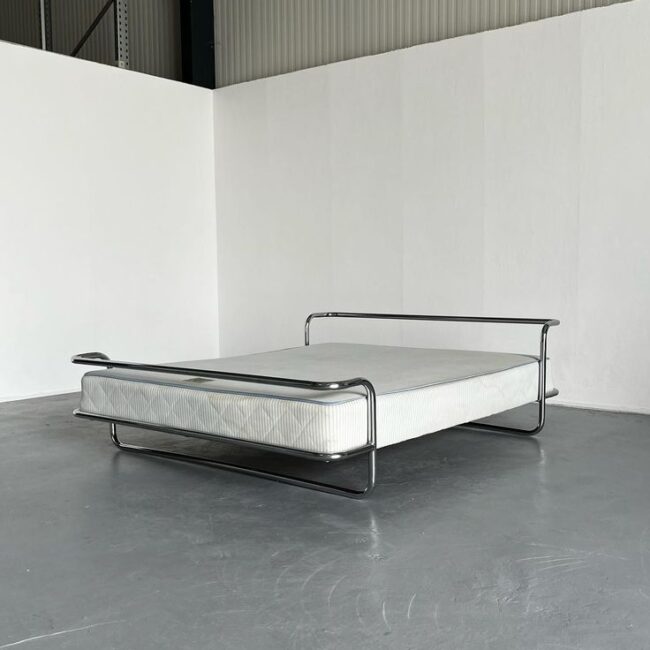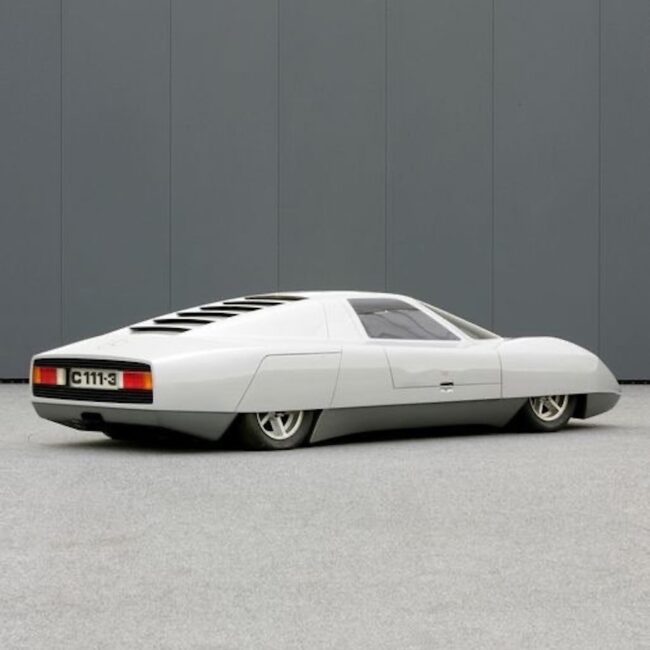Bloody hell! Yep you said, but it need not be. Let us go where many have of course gone before, yet perhaps don’t always love to. Menstruation, period, cycle, shark week. It either has you dry reaching at the thought of it or oddly intrigued by its enigmatic existence. For a lot of women this is a taboo topic, and not to get staunch feminist on you, but in order to empower XX chromosomes everywhere it is imperative we hop on the proverbial ‘pussy bandwagon.’ So, let’s reconfigure our frame of mind from one of shame to one of CLAIM and transform these awkward matters into mainstream conversation.
Let’s talk about menstrual cups.
A welcome alternative to the antiquated tampon, at last! Not only is this an ecologically friendly solution, it is far friendlier in general, and you know what, we think it’s about fucking time we became friendlier with our fertile friends downstairs.
So, without further adieu, what is it and how the hell do you expect me to get it up there?
In short
These little cups are soft and flexible and made of medical grade silicone. It is placed inside your vagina, just underneath your cervix, whereby it can perform the noble duty of collecting your blood. Each female and their genitalia is different so placement can differ. They can be inserted for up to 8-12 hours meaning you can bid farewell to this toxic shock nonsense and all the other fun perks (not) that accompany tampons.
The environmental friendliness of a menstrual cup in comparison to a menstrual pad and its wrapping is tenfold. Research suggests that it can take up to 500- 800 years to breakdown a pad, not to mention plastic tampon applicators which are ending up in our landfill and ocean.
In’s & Out’s
Let us preface the following by saying that insertion really isn’t rocket science so you need not fret; however, in full disclosure, getting the cup in and out can be quite traumatic the first time around and you may feel as though a trip to the emergency room is necessary. Alas, don’t panic because it will come out and it will become second nature to you just as was the case with tampons. In any case, we’ve detailed the various in’s and outs (pun intended) to assist you on your journey and hopefully abolish any fears or doubts.
- It is easiest to fold the cup in half when placing it underneath the cervix
You’ll need to make sure it pops open so that you avoid any potential leakages; simply run your index finger around the rim of the cup to help move it into place. - When removing the cup, we suggest you haul that leg up so you have better reach and angle; pinch the bottom of the cup and remove it by pulling the cup in a downwards motion.
- We recommend taking the cup out in the shower for added lubricant and ease. For further reassurance there are a lot of YouTube videos that have visual aids which can help with this process.
- When washing the product, it should be done with fragrance free soap and we recommend boiling the cup in water for five minutes at the end of menstruation for additional sanitary purposes in preparation for your next cycle.
By adopting this little gem you’ll save those dimes otherwise frittered per annum on single use sanitary products; money that could be far better spent on midweek margaritas. Also, did we mention the extra space in your clutch on a Saturday night? Need we say more?
As we alluded to earlier, you’ll be doing your bit to help the environment, and your inner environment will be cheering too. Most tampons are made of synthetic materials which can leek toxins into your bloodstream, affecting you long-term, and exacerbating the discomfort of your menstrual cycle in the interim.
Last, but certainly not least, what we love most about this cup is that you are able to monitor consistency, colour, clotting, and the amount of bloodshed per day (your own bloodshed, not that of those subject to your PMS wrath, just to be clear). Becoming aware and understanding your cycle is very empowering so get on board ladies!




